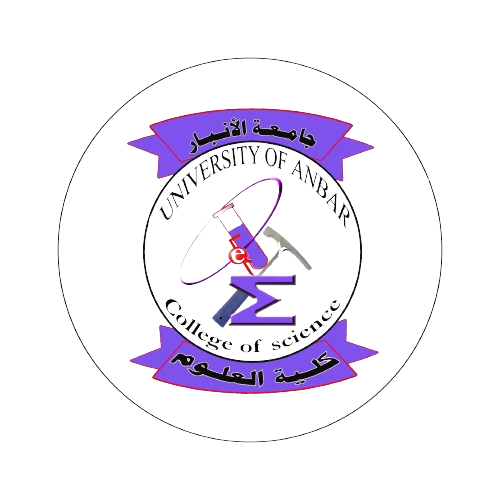Discussion of the dissertation of doctoral student " Mohammed Musleh Mahdi Saleh"
The public discussion took place for the Doctoral student (Mohammed Musleh Mahdi Saleh) at Anbar University, College of Science, Department of Biology, on Monday, July 28, 2025, in Jabir Ibn Hayyan Hall, for his tagged thesis
" Synthesis and Characterization of Nb2O5-Au Hybrid Structure for Optoelectronic Application"
The discussion committee consisted of:
|
University of Anbar - College of Sciences - President |
Prof. Dr. Ismat Ramzi Abdul Ghafour |
|
University of Anbar - College of Sciences - Member |
Prof. Dr. Mohammed Ghazi Hamad |
|
University Technology MARA/College of Applied sciences |
Prof. Dr. Abdul Basit Mohammed Al-Nabawi |
|
University of Anbar - College of Education for Pure Sciences - Member |
Assist. Prof. Dr. Jamal Fadel Mohammed |
|
University of Technology - College of Laser and Optoelectronics Engineering - member |
Assist. Prof. Dr. li Abdul Khaliq Abdul Hadi |
|
University of Anbar - College of Sciences, Member and Supervisor |
Prof. Dr. Ahmed Salman Obaid |
|
University of Technology - College of Applied Sciences - Member and Supervisor |
Prof. Dr. Evan Tariq Salem |
The effects of different laser parameters were extensively studied through optical, structural, and morphological properties. The optimal conditions were selected and analyzed after each preparation process. The optimal sample was used to prepare the heterogeneous junction Au@Nb2O5/P-Si and characterized as a function of the active layer thickness.
After studying the effect of each laser parameter on the preparation of Au@Nb2O5 nanoparticles, the optimal conditions were chosen and utilized to manufacture the heterogeneous photodetector device Au@Nb2O5/P-Si with varying active layer thickness. The results also showed that the photocurrent is directly proportional to the incident light intensity, indicating the possibility of the junction functioning as an effective photodetector.
???.jpeg)
.jpeg)
.jpeg)
.jpeg)
